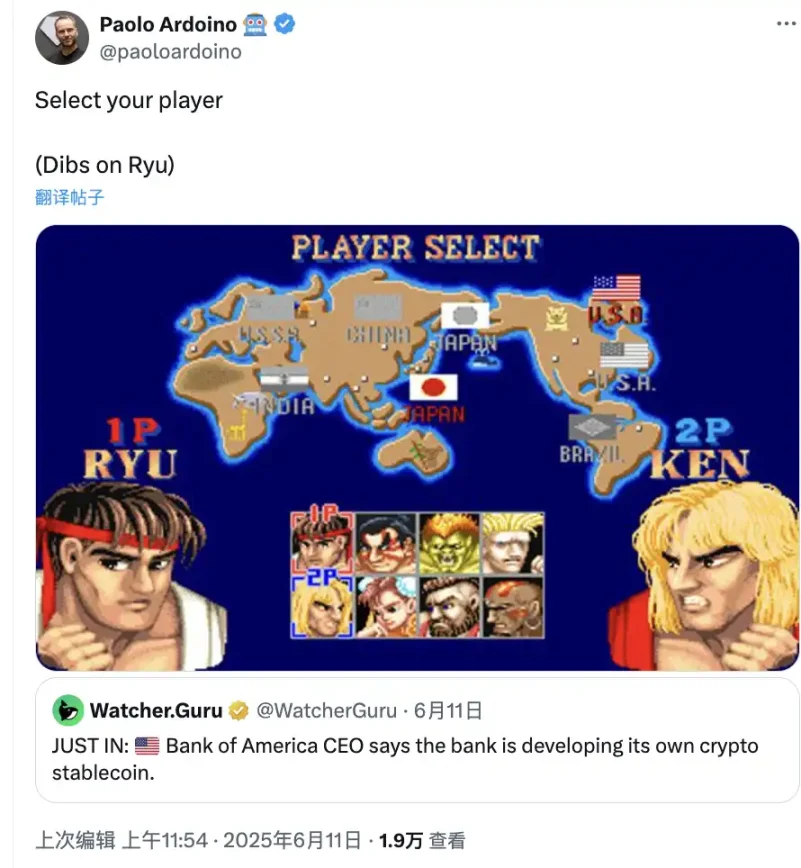Written by: Jaleel Plus Six, BlockBeats
Tether, with its global circulation of USDT, has long been a giant in the stablecoin industry, earning around $13 billion annually from government bond interest alone, making it one of the most profitable fintech companies globally. However, when reviewing its business model, Tether discovered that while it has harvested substantial profits from USDT issuance and management, it has not truly captured the "on-chain economic dividend".
[The rest of the translation follows the same professional and accurate approach, maintaining the specific terminology translations as instructed.]Plasma dares to shout "USDT transfers are completely free" not by Tether subsidizing with real money, but by splitting all transactions into two billing methods based on complexity and priority. In simple terms, it's like "free admission for children under 1.2 meters".
Ordinary USDT transfers occupy a small block, like "children under 1.2 meters", and nodes directly package these transactions into blocks without charging Gas. However, to prevent spam transactions, Plasma has a basic throughput limit. To avoid malicious transactions, users need to leave a small pledge on the chain, acting as a deposit: once the abuse threshold is triggered, this pledge will be automatically confiscated. This preserves the "free" experience while blocking garbage traffic.
Other requests beyond simple transfers, such as calling multiple contracts, batch liquidation, and institutional-level rapid settlement, will be identified by the system and require payment. Plasma nodes' main income comes from here, along with small transaction fees from asset cross-chain and custody services, giving the network self-sustaining capabilities. Because simple transfers are no longer charged, the pricing model can be more flexible: based on current on-chain estimates, thousands of free payments per second consume extremely low resources, and nodes can cover costs and maintain surplus through a small number of advanced businesses.
Supporting this mechanism is Plasma's "dual-layer framework". The bottom layer periodically anchors block states back to Bitcoin, outsourcing security to BTC's proof of work; the top layer is directly EVM compatible, allowing developers to directly run Ethereum contracts. After removing traditional Gas calculations, execution efficiency is even higher. Messari's evaluation report mentioned that Plasma's improved consensus can stably process thousands of payments on a single-core CPU during stress tests, with node rewards coming entirely from complex transactions.
So how does Plasma make money? The answer is already emerging.
First, enterprise-level "dedicated lines" - cross-border remittance companies or game publishers wanting to push transfers from milliseconds to sub-milliseconds must enter the paid lane and pay a fixed monthly USDT fee to guarantee bandwidth.
Second, contracts and batch liquidation - DeFi protocol calls with complex logic still need to pay Gas, just with pricing units changing from ETH to USDT.
Third, bridging and custody - transferring assets to or from Plasma requires a small exit tax, which enters the Plasma treasury and is distributed to nodes and the foundation according to rules.
Fourth, XPL governance token inflation - validators stake XPL to receive block rewards, with the Plasma treasury retaining a portion to be auctioned over time, used to continuously subsidize peer-to-peer USDT zero-gas payments.
These four combined are sufficient to support the network overhead of free transfers, and can even bring a new cash flow to Tether.
Assuming Plasma can successfully take over most USDT traffic currently running on TRON and Ethereum, the first direct income would be the majority of on-chain transaction fees currently taken by TRON and Ethereum - annual revenue could reach approximately $1-2 billion, plus enterprise services and cross-chain fees, with potential new revenue ranging from $1.2 to $3 billion.
However, because Plasma offers free ordinary USDT transfers, conservative estimates suggest Plasma could bring Tether $1 billion in revenue annually.
Plasma may also have other implicit benefits and ecosystem spillovers: such as attracting new large liquidity and projects, collecting certain "taxes"; providing SDK, enterprise node access, and charging commercial fees for chain applications, etc.
Comparing this new cash leg with Tether's existing ledger is more intuitive: in 2024, Tether's approximately $13 billion in revenue includes $7 billion from government bond interest, $45 million from 0.1% issuance/redemption fees, and nearly $6 billion from Bitcoin, gold, and early project investment gains. This means Plasma could potentially raise Tether's annual profit by 15-20%.
Last week, Paolo reposted the news about the first U.S. bank explicitly willing to issue stablecoins on X, accompanied by a meaningful "Select your player" comment. The industry immediately speculated that Tether might be collaborating with this bank.

What many people don't know is that Tether has a heavyweight ally on Wall Street: Cantor Fitzgerald, led by Howard Lutnick, a billionaire and former Commerce Secretary during the Trump era, now manages billions of dollars in Tether government bond positions and is the most important spokesperson for USDT in traditional capital markets. Once the U.S. version of the stablecoin is launched, Cantor's clearing network and market-making seats will naturally be the best liquidity support.
Of course, Tether's "gray and black attributes" are still repeatedly scrutinized by U.S. regulators: A Treasury Department report specifically mentioned that Mexican drug cartels frequently use USDT, and some lawmakers simply treat it as a crypto "negative teaching material". Tether first moved its registration to the Bitcoin-friendly El Salvador and then made a high-profile purchase of hundreds of billions in U.S. government bonds, using the "I am a U.S. debt holder" approach to indirectly lower policy risks.
In this way, Plasma has firmly attracted retail users' zero-fee payments and on-chain developers into the Tether ecosystem; Stable is moving thousands of tons of soybeans, crude oil, and cross-border salaries to millisecond-level U.S. dollar clearing; while the soon-to-be-launched "U.S. payment coin" is preparing to completely remove the last moat of bank wire transfers. The three networks have clear divisions of labor, but all hold the "fee gate" in the same hand.








